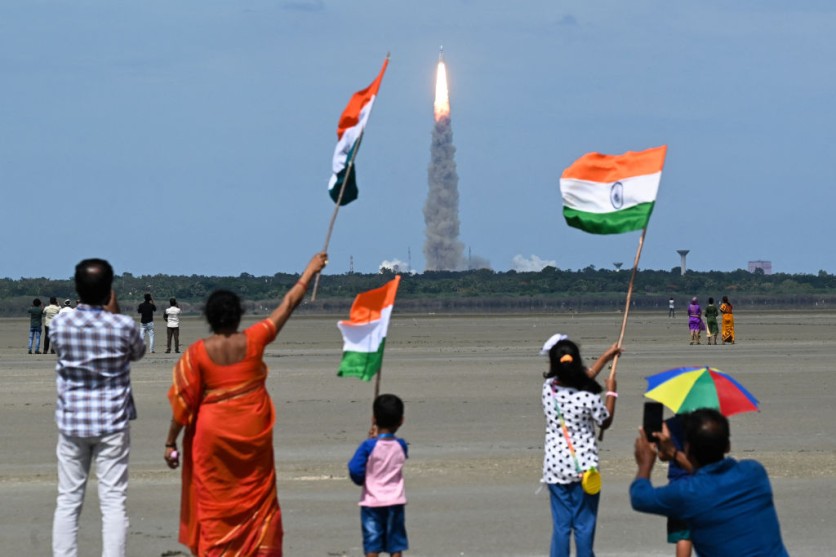India has unveiled ambitious plans to construct its own space station by 2035, followed by a human mission to the moon within the subsequent five years. Over the recent years, India has substantially advanced its space program, achieving significant milestones, including successfully landing a spacecraft near the lunar south pole in August.

Establishing Bharatiya Antariksha Station
Prime Minister Narendra Modi conveyed to the Department of Space the directive to set their sights on establishing an Indian Space Station, the "Bharatiya Antariksha Station," by the year 2035.
Engadget reported that this fresh directive follows closely on the heels of India's remarkable achievements, wherein the country accomplished the historic feat of landing a spacecraft on the Moon and subsequently launching another for solar exploration.
The nation's space agency has unveiled a strategic roadmap aimed at accomplishing its inaugural crewed mission in 2025, a prelude to its forthcoming lunar exploration endeavor. The agenda kicks off with a demonstration flight of the Crew Escape System Test Vehicle scheduled for October 21.
Subsequently, the agency intends to conduct three trial missions using launch vehicles, all of which will be devoid of human occupants. In total, India is gearing up for approximately 20 comprehensive tests as part of the meticulous preparation leading up to the historic launch of astronauts into space.
These endeavors in lunar and solar research hold great significance as they provide valuable insights into Earth's future, guided by these prominent celestial bodies.
Facing Challenges
As India propels itself towards ambitious space exploration goals, the path to achieving its 2035 space station target is laden with formidable challenges. The construction of a space station represents a monumental endeavor, demanding state-of-the-art technology and profound expertise.
While India has demonstrated its satellite development prowess, the construction and maintenance of a space station necessitate an entirely different skill set. This encompasses life support systems, radiation shielding, and ensuring long-term structural integrity.
India Today reported that the country faces the imperative task of substantially enhancing its technological capabilities to meet these multifaceted demands.
In response to these challenges, private companies have begun taking a more active role in space research and technological advancement, while Indian Space Research Organization is actively collaborating with aerospace startups to facilitate progress in this direction.
Also Read : India's Historic Chandrayaan-3 Moon Lander May Be Dead for Good After Facing Harsh Space Environment
The financial dimension stands as a paramount challenge. Establishing a space station is an expensive undertaking, demanding a substantial budget that India must secure. The availability of financial resources could impact the project's pace and the scope of experiments it can encompass.
India's path forward entails pursuing international partnerships and delving into private-sector participation to ensure the required funding. While the country boasts significant achievements in robotic space missions, it finds itself in unfamiliar territory when it comes to human spaceflight.
The successful construction and operation of a space station necessitate the presence of a proficient team of astronauts. India must allocate resources towards human spaceflight programs, astronaut training initiatives, and the development of essential infrastructure tailored to crewed missions.

ⓒ 2025 TECHTIMES.com All rights reserved. Do not reproduce without permission.




